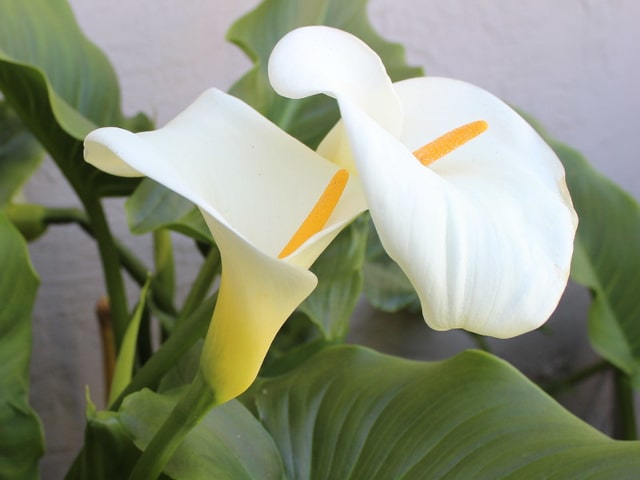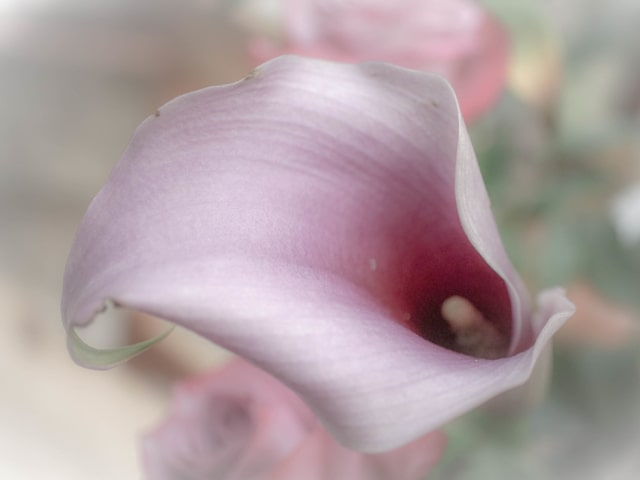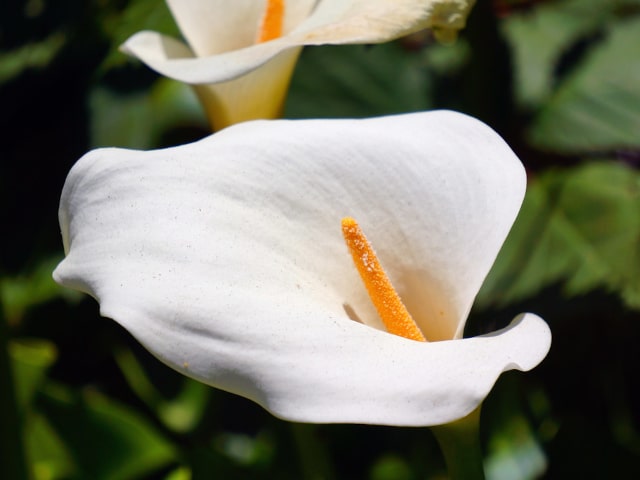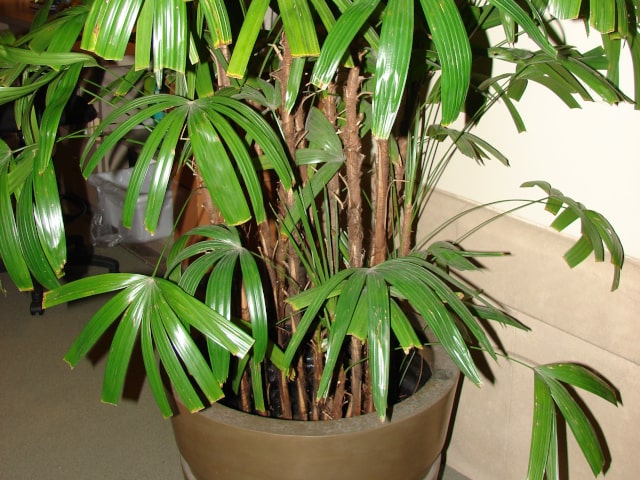
Calla Lily is a gorgeous plant you can grow both outdoors and indoors. Do not be afraid to plant it in a container and keep it indoors: it is easier than it may seem. This is rhizome plant that is not difficult to care for, as long as you follow some simple guidelines.
In order to make your Calla Lily thrive, you need to provide adequate growing conditions for your plant. Remember what your Calla Lily needs and ensure that all of the important factors (soil, temperature, moisture, etc.) are in place. Once this is set, caring for your Calla Lily becomes easy.
Here are the most important growing conditions you need to provide:
Growing Medium
The best growing medium for Calla Lily plant is a standard potting soil. These soils contain a good mixture that will make your plant thrive. There is no need to buy any special potting mixes or to make your own.
The only thing you need to worry about is the pH value of the soil. Standard potting soils have balanced pH values which are good for your Calla Lily. It is important that you never use a potting soil with an unbalanced pH. Another thing to avoid is a potting soil with way too much fertilizer in the mix.
Temperature
Calla Lily can be very picky about temperature, so this is something you should think about. Ideally, the rhizome should grow in temperatures that are not cooler than 55 F and no hotter than 65 F during the day. The plant can tolerate temperatures up to 75 F but it is best if it stays below 65 F.
During the hot days, or if temperature in your home is too high, you can use mulch to keep the rhizome cool in the container. Mulch is great for many things, including preserving moisture, so you should use it.
Certain varieties of Calla Lily, such as Zantedeschia aethiopica 'Crowborough' can tolerate a bit colder temperatures, but it is important to never go too low. This variety can be grown outside, such as a balcony or a patio. However, most of the other varieties need to be indoors.
This is particularly important for winter conditions. If you live in a colder climate, make sure to take your Calla Lily indoors during the winter. Chances are that it will keep blooming inside throughout the whole year.
In case you keep your Calla Lily outdoors and don't have enough space for it in your home, simply dig up the rhizomes after the plant had died in the fall. Save these bulbs and plant them in the next growing season.
Water
Calla Lily is a water-loving plant. In nature, it typically grows near ponds and in the mud. In other words, it needs moist conditions to thrive. You need to provide such conditions in your home if you want to make your Calla Lily grow strong.
The best way to accommodate your Calla Lily is to always keep the soil moist. This will mimic its natural environment and make the plant grow strong and healthy. It is therefore important that you always provide your Calla Lily with enough water.
On the other hand, make sure not to over-water your Calla Lily. It needs moisture, but there is such a thing as too much water. You should never allow for your Calla Lily to sit in water. The water should never collect in the container. If your Calla Lily sits in water it may cause its bulb to rot. Keep this in mind when deciding how much to water your plant.
One of the main signs of overwatering are dark tips on the leaves. If you notice this, especially if the soil is always too damp, make sure to cut back on the water a bit to make your plant recover.
Also, keep in mind that the Calla Lilt will start to die back once it finishes with flowering. When this happens it is important to stop watering so the bulb can dry out. Once it is dried, simply store it and re-plant it in the next growing season.
Humidity
Calla Lily plants do well in the normal room humidity, so chances are that you don't need to prepare anything special for it. However, it is important to keep the soil moist at all times. In case the air is too dry, you will need to water your plant more frequently.
Pay special attention during winter: the heating can cause the air to become too dry, which will not benefit your Calla Lily.
Light
Calla Lily requires a lot of light. It thrives in bright sunlight, but only during non-peak hours of the day. A good choice is to place your plant near a sunny window. East or West facing windows seem to work the best for Calla Lily plants.
Fertilizing
A great thing about Calla Lily is that it often doesn't need much, if any fertilizer. However, it is advisable to use some fertilizer to promote growth of your Calla Lily. Some people recommend to use a bulb fertilizer once per month to make your plant grow. However, you need to stop fertilizing once the plant starts blooming.
It is important to use only fertilizer without any ammonium. A good mix to use is 1 part fertilizer to 1 gallon of water. It is also best to fertilize your plant only for a single season. You should never apply fertilizer for a prolonged period of time, since it can harm your Calla Lily.
Pay attention to your plant. If you notice that its leaves have dark tips, it may be a sign that you re applying too much fertilizer. In this case, simply cut out some of the fertilizer or use a weaker one. It is important that you don't over-feed your plant. This is the only way to make it strong and healthy.
Photo credit: Jeffry




7 Comments
What needs to be done with a potted Calla Lily plant when it's leaves and flowers start to die? Should they be cut back? Kept in a window? etc.
My boyfriend bought me a Calla Lily for Mother's Day 2022. It was beautiful then started to die a little at a time. I feed it water but not over watering it and it's in a window that get's both sun and shade. I'm not quite sure what else to do. Any help would be appreciated.
Thank you.. deb
I received one in 2021 for mothers day. Over the fall it had died down and since I was moving I left it as is and tossed the container in with other plants to move. Located it in April and watered it (just for the fun if it) Lo & behold little shoots appeared. Now a couple weeks later I have 3 full stems with a leaf each and the largest is over 2 feet high. I guess indoor Calla is an ok for me for sure.
Hi, Karen,
My name is Sui, my friend got a pot of Calla Lily about 2 months ago. It's all green, even the flowers. I do not know if it is only a fern of a Calla Lily plant or something else, and now I can see the flower stems starting turn yellow and die off. It's moist enough in the pot. It might need some sun though, don't you think?
Thanks for your attention! Have a nice day! ^_^
I got my Calla Lily in a small pot as a gift in Feb. The flowering is done now, (it's still spring). Should I cut it back & let it finish drying out? I read to store it in peat moss until the next planting season. When is the next planting season & when should I plant it in the ground? Thanks for any help you can give me.
I received my calla Lilly as a gift at Easter. I want to keep it indoors as I don't have a good place outside. It is doing well I think, but the leaves are having water drips on the tips. Can I be over watering?